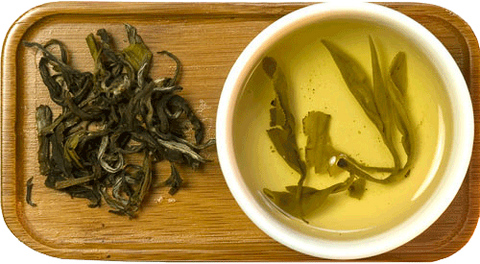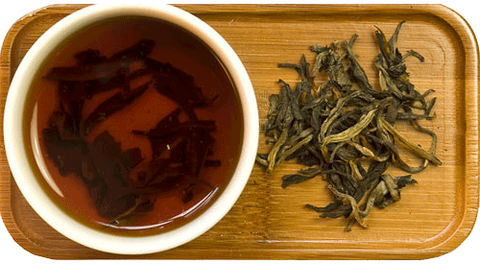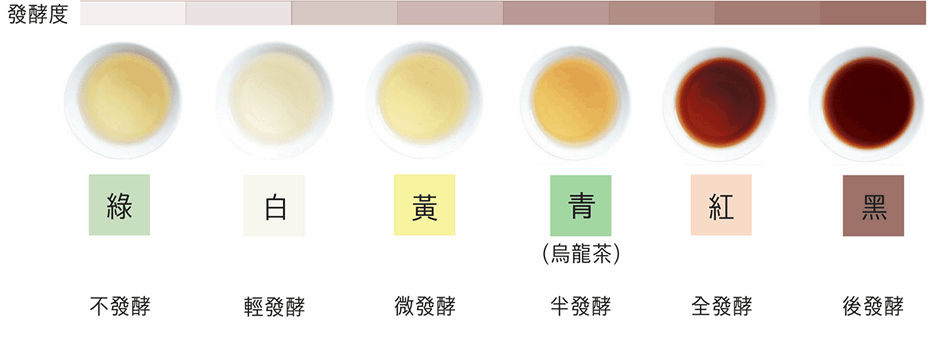All division by types (green, white, red, yellow, dark tea and oolong) originates from tea production technology. We will talk about technology later on, and today let us focus on the degree of tea leaf fermentation as it is important for understanding of the brewing process and tea ware used for tea flavor delivery. Bear in mind that when it comes to tea, first of all under fermentation we mean enzymatic oxidation process.
And so, while processed the tea leaf brakes exuding the tea sap, which in contact with air oxygenates and ferments, changes its chemical composition and respectively the properties and the flavor of the leaf. The fermentation may be either controlled or uncontrolled. When controlled, the tea sap is fermented deliberately for the delivery of leaf flavor properties. Uncontrolled implies that the sap exudes and oxygenates as it is impossible to prevent it in the production process. In other words it is not desired but happens anyway.
| Tea type | Fermentation | % of ferm. | |
|---|---|---|---|
| Green tea | Non-fermented | 1-5 | Uncontrolled fermentation |
| Yellow tea | Light-fermented | 9 | Uncontrolled fermentation |
| White tea | Light-fermented | 11-15 | Uncontrolled fermentation |
| Red tea | Fully-fermented | 90-100 | Controlled fermentation |
| North Fujian Oolongs | Semi-fermented | 60-80 | Controlled fermentation |
| South Fujian Oolongs | Semi-fermented | 30-50 | Controlled fermentation |
| Guangdong Oolongs | Semi-fermented | 25-50 | Controlled fermentation |
| Taiwan Oolongs | Semi-fermented | 15-80 | Controlled fermentation |
| Shu pu’er | Postfermented | 100 | Controlled fermentation |
| New sheng pu’er | Postfermented | 15 | Controlled fermentation |
| Mature sheng pu’er | Postfermented | 90 | Uncontrolled fermentation |
The picture shows the different colors of the infusion of tea with different degrees of fermentation.



